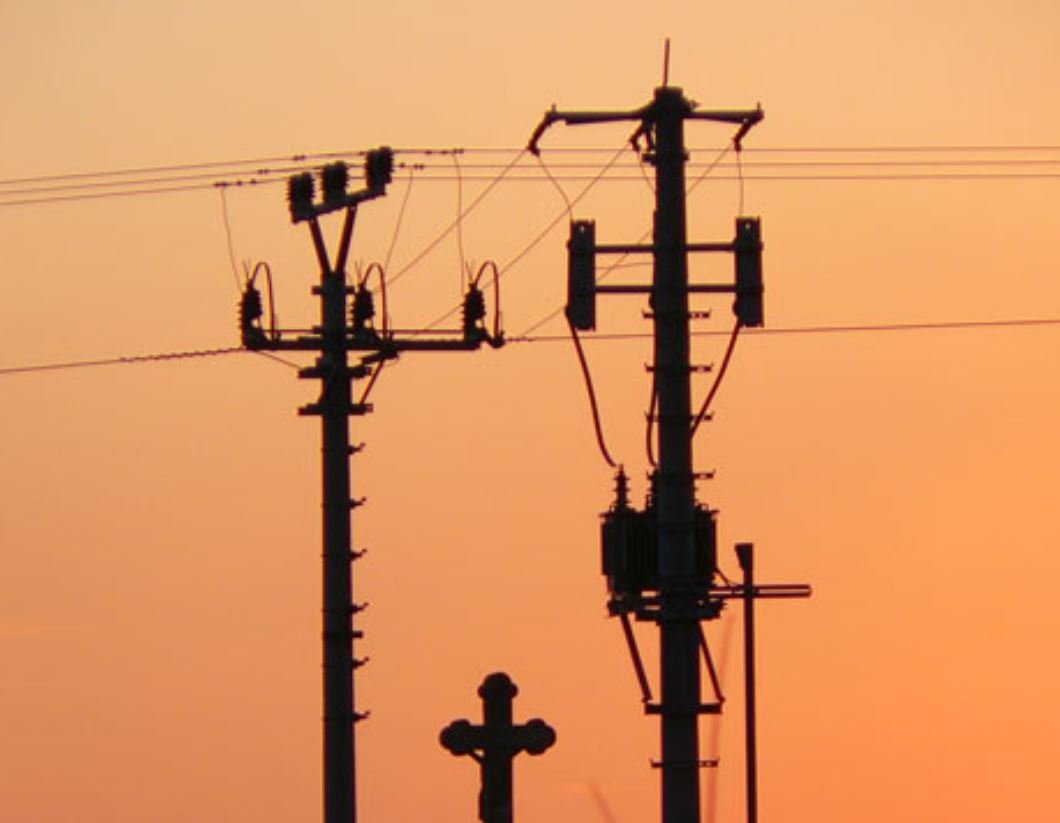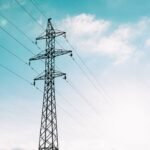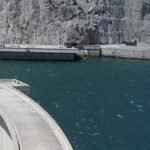Kenya has formally reopened its electricity market to large-scale private investment after Parliament lifted a three-year moratorium on new Power Purchase Agreements (PPAs), clearing the path for Kenya Power to negotiate more than 1,100MW of fresh generation capacity with Independent Power Producers (IPPs).
The National Assembly’s decision marks a major turning point for a sector that has grappled with high tariffs, stalled capacity additions, and reduced investor confidence. Lawmakers had imposed the freeze to address long-standing concerns over rising electricity costs, opaque ownership structures and costly foreign-denominated contracts that exposed consumers to currency risk.
Under the reforms passed alongside the lifting of the moratorium, the Business Registration Service must publish full shareholder and beneficial-ownership details of all IPPs within six months. The move aims to resolve persistent concerns over hidden ownership and perceived conflicts of interest within the industry.
Parliament also approved sweeping changes to how future PPAs will be structured. Competitive auctions will now be the default mechanism for procuring wind and solar projects, replacing the bilateral negotiations that historically shaped Kenya’s generation mix. Additionally, the Attorney General will vet all new PPAs and any subsequent amendments, tightening oversight of long-term commitments made by Kenya Power.
A new currency framework gives developers the option of denominating PPAs in Kenyan shillings, foreign currency, or a hybrid mix an effort to balance investor risk with the need to protect consumers from exchange-rate volatility.
According to briefings tabled before Parliament, the Ministry of Energy is in discussions with 54 developers for new generation projects. Hydropower dominates the pipeline, with 65 projects under review including 40 small hydro schemes. Wind developers have also submitted proposals, among them four identical 50 MW plants and a 100 MW facility by Hewani Energy, backed by Seriti Green and Envision Energy.
READ: Kenya Power kicks off Optical Character Recognition (OCR) technology
Policy shift
The government’s move comes as national electricity demand continues to accelerate. Kenya hit a record peak load of 2,362 MW in July 2025—250 MW higher than three years earlier forcing the grid operator to rely on imports of about 200 MW from Ethiopia to bridge supply gaps.
Concerns over high legacy PPA prices have heightened pressure for reform. Private geothermal producers have charged as much as KSh 17.28 per kWh, more than double KenGen’s KSh 8.24 per kWh. Several MPs have argued that new PPAs should be capped at seven US cents per kWh to ensure affordability, though no formal cap has been legislated.
The 1,112 MW procurement drive is expected to revitalise private investment in geothermal, hydro, wind, solar, and biomass generation. Engineering firms anticipate rising demand for feasibility studies, EPC contracts, grid-stability tools, and new transmission infrastructure as Kenya integrates more variable renewable energy.
Sector experts warn, however, that lifting the moratorium is only the first step. Kenya must still resolve transmission bottlenecks, ageing distribution networks, and grid-stability challenges to fully benefit from new capacity.
Still, lawmakers and industry officials describe the reform package as one of the most significant policy resets in recent years. If implemented effectively, the changes could lower power costs, attract new capital and strengthen reliability across the national grid.







